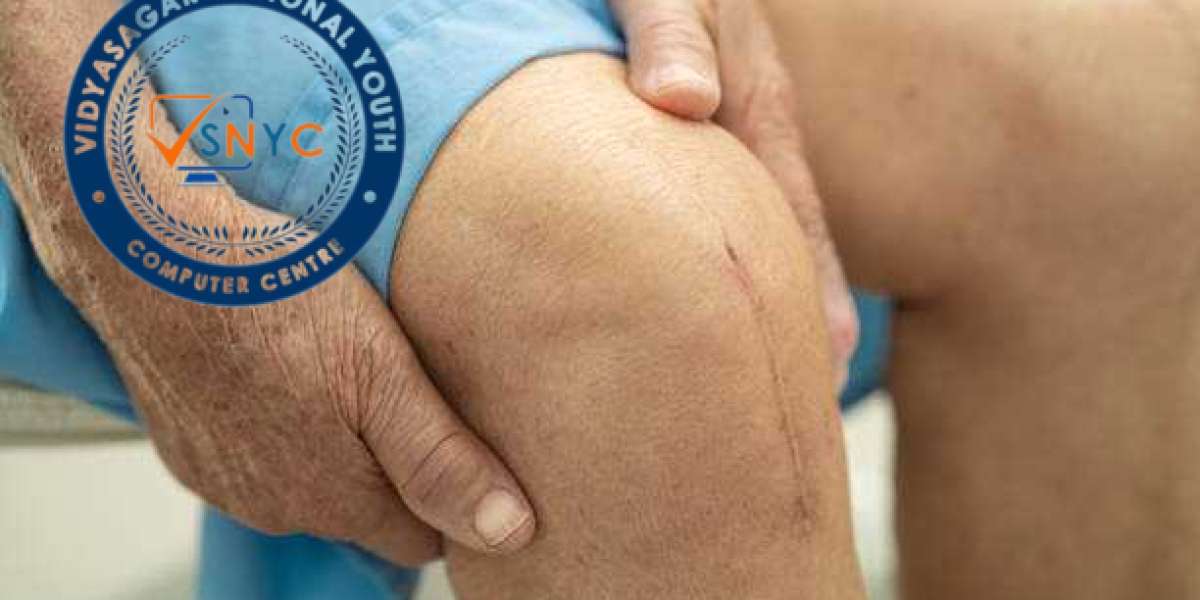Step 1: Understanding Total Knee Replacement Surgery
- Total knee replacement surgery is a procedure to replace a damaged knee joint with an artificial implant.
- It helps relieve pain, restore mobility, and improve quality of life for those with severe arthritis or joint damage.
- Knowing what to expect before, during, and after surgery helps ensure a smoother recovery process.
Step 2: Consulting with an Orthopedic Surgeon
- Schedule an appointment with an experienced orthopedic specialist for a thorough evaluation.
- Discuss symptoms, medical history, and previous treatments to determine if total knee replacement surgery is the best option.
- Ask about the type of implant, surgical approach, and expected recovery timeline.
Step 3: Pre-Surgical Medical Evaluation
- Undergo a comprehensive health check-up, including blood tests, X-rays, and ECG.
- Ensure pre-existing conditions like diabetes, hypertension, or heart disease are well managed before surgery.
- Consult with your physician regarding medications, as some may need to be adjusted or stopped.
Step 4: Strengthening the Knee Before Surgery
- Engage in low-impact exercises such as swimming or stationary cycling to maintain knee mobility.
- Strengthening muscles around the knee joint can aid in a faster and smoother recovery.
- Consult a physical therapist for a personalized pre-surgical exercise plan.
Step 5: Preparing Your Home for Recovery
- Arrange for a comfortable, accessible recovery area with necessary supplies nearby.
- Remove rugs or obstacles to prevent falls and install handrails in key areas.
- Consider using assistive devices such as a walker or raised toilet seat for added safety.
Step 6: Dietary Adjustments and Hydration
- Maintain a balanced diet rich in protein, vitamins, and minerals to support healing.
- Avoid excessive sodium and processed foods to reduce inflammation.
- Stay hydrated to aid circulation and prevent post-surgical complications.
Step 7: Understanding Pain Management and Anesthesia
- Discuss anesthesia options with your surgical team, including general or spinal anesthesia.
- Learn about post-operative pain management strategies, including medications and non-drug therapies.
- Be prepared for temporary numbness or discomfort immediately after surgery.
Step 8: Packing for the Hospital Stay
- Pack loose, comfortable clothing and slip-on shoes for ease of movement.
- Bring essential personal items such as identification, insurance details, and prescribed medications.
- Carry a list of emergency contacts and a book or music for relaxation during your stay.
Step 9: Post-Surgery Rehabilitation Plan
- Begin physical therapy within a day or two of surgery to prevent stiffness.
- Follow recommended exercises to regain flexibility and strength gradually.
- Attend all follow-up appointments to monitor healing and progress.
Step 10: Monitoring Recovery and Preventing Complications
- Watch for signs of infection, such as redness, swelling, or unusual pain.
- Keep the incision clean and dry, following your surgeon’s instructions.
- Gradually increase activity levels while avoiding excessive strain on the new knee joint.
Step 11: Returning to Normal Activities
- Most patients can resume daily activities within six weeks, depending on progress.
- Avoid high-impact sports but continue low-impact exercises to maintain mobility.
- Follow up with your orthopedic specialist to assess long-term joint function.
Conclusion
Total knee replacement surgery can restore mobility and significantly improve quality of life. At SoundaraPandia Bone and Joint Hospital in Chennai, expert orthopedic care ensures a smooth surgical experience and successful recovery. Schedule a consultation today for comprehensive knee replacement solutions.







